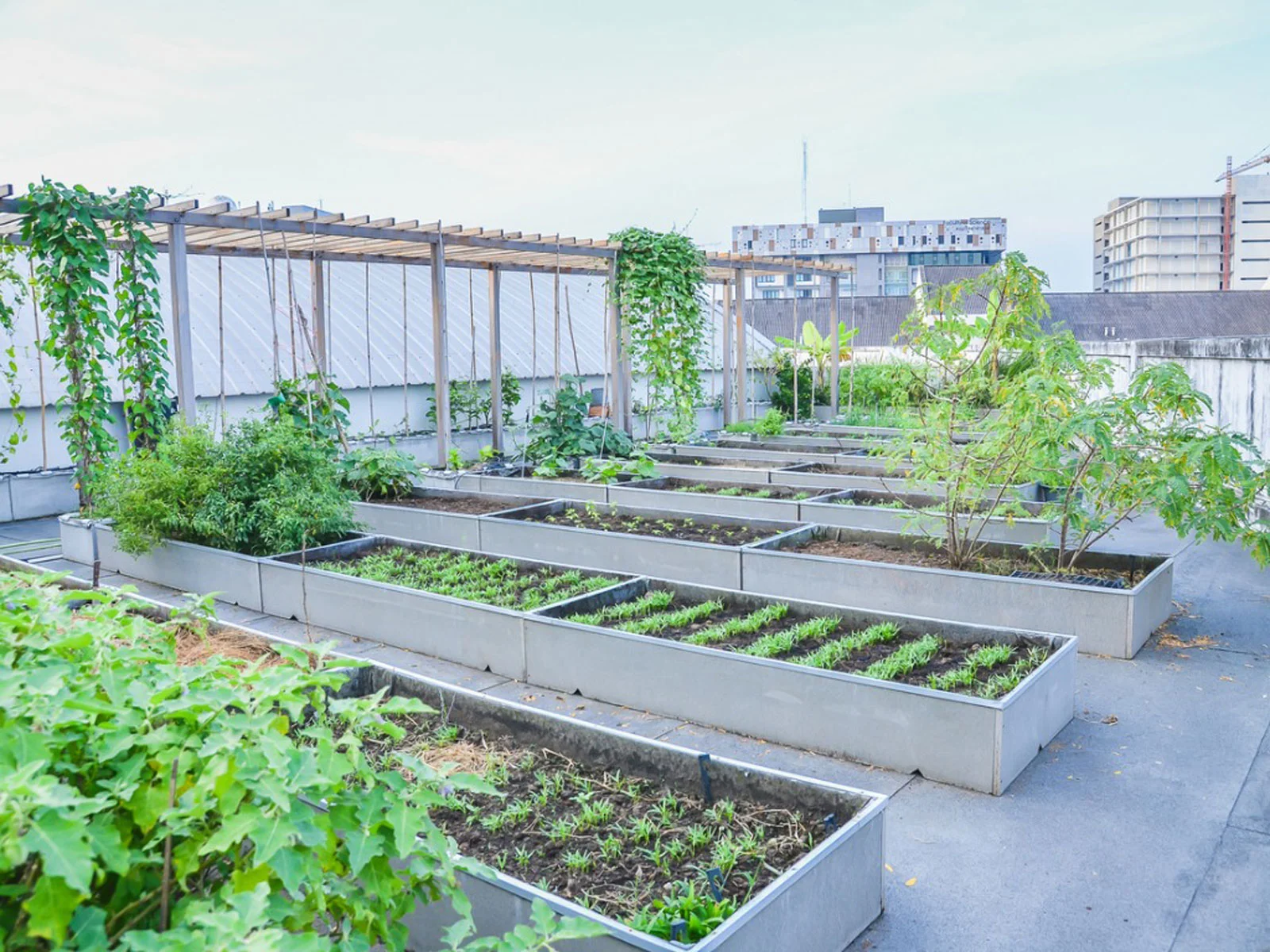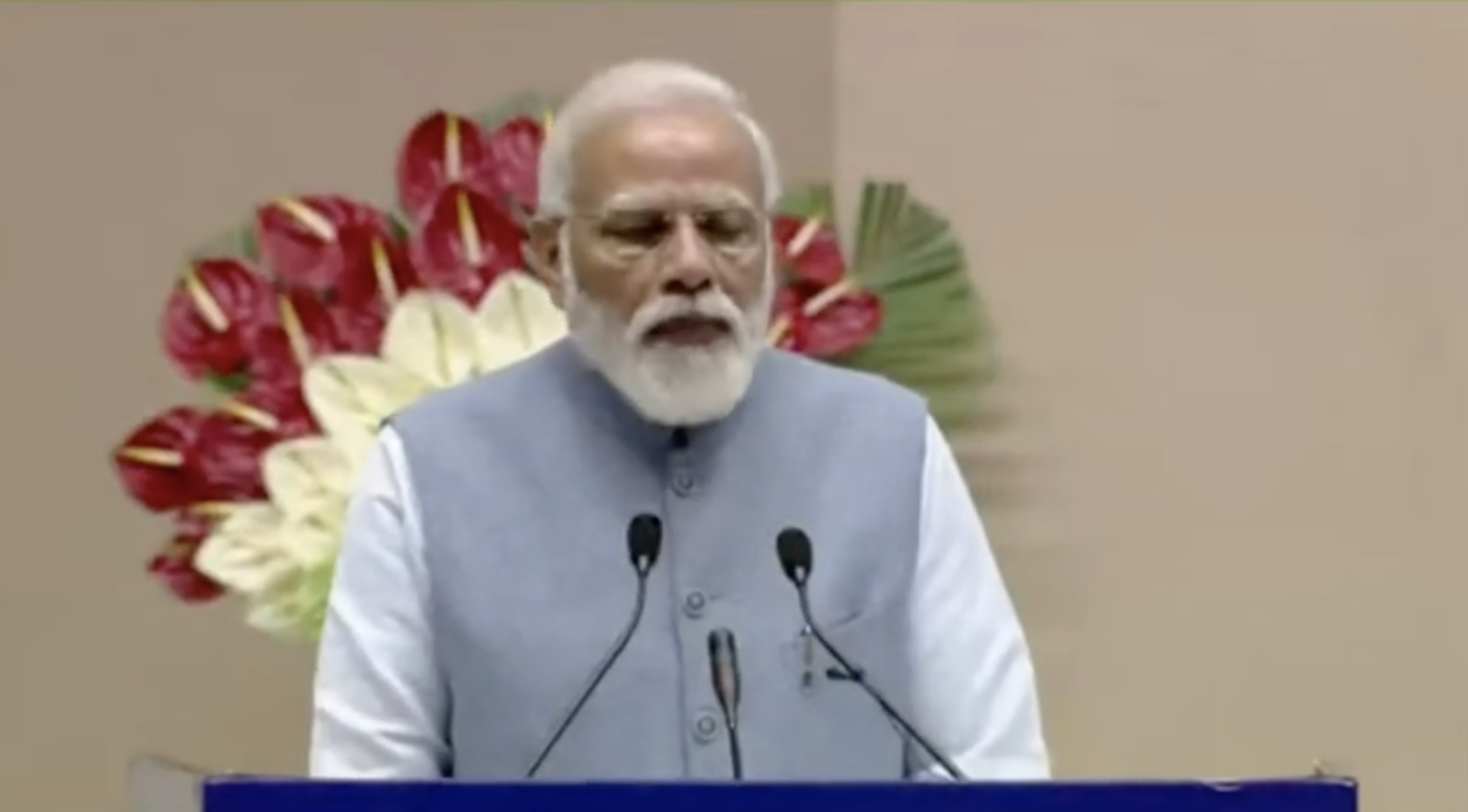It can serve as a powerful and practical solution to combat climate change
Climate change is quickly climbing the ranks of significant threats that are being faced by our planet. Ecosystems, weather patterns, and human and animal lives are all being severely impacted. We are already witnessing extreme weather events with increasing frequency and intensity, such as hurricanes, droughts, floods, and heatwaves. Rising sea levels have been threatening coastal communities and ecosystems while melting glaciers and polar ice caps are incessantly contributing to imbalances in the ocean levels and temperatures, disrupting marine life.
In the struggle to find effective solutions to fight against climate change, one promising strategy has been fast emerging: rooftop plantation. Rooftop plantation refers to the practice of growing and maintaining plants and vegetation on the rooftops of buildings. It involves creating green spaces on higher platforms, where various types of plants, such as shrubs, flowers, vegetables, and even trees, can be grown in otherwise unutilized spaces.
Rooftop plantation offers several environmental advantages that directly address climate change. Firstly, it helps reduce greenhouse gas emissions. Through the process of photosynthesis, plants absorb carbon dioxide and release oxygen, effectively sequestering carbon and repurposing it as something much more useful and less harmful.
By increasing green cover on rooftops, we can offset the heat island effect – the phenomenon where urban areas experience drastically higher temperatures compared to surrounding rural areas due to human activities – as well as reduce energy consumption. This will further contribute to a lesser amount of carbon emissions as it will lead to lower demands for air conditioning and cooling systems.
Moreover, having a significant amount of rooftop plantations will result in improved air quality. Plants act as natural air filters, wherein they capture pollutants and particulate matter like dust or dirt particles. Urban smog would thus be reduced and the quality of the air we breathe will be greatly enhanced.
Another great benefit of rooftop plantations is that they can contribute to the restoration and preservation of ecological balance. It can do this by providing habitats for birds, insects, and other wildlife creatures that may have lost their original habitats to the environmental damages caused by global warming and climate change.
Rooftop plantations also play a major role in enhancing energy efficiency. The layer of vegetation acts as insulation, regulating temperature fluctuations and reducing heat gain during summers. Conversely, green roofs provide additional insulation during winter, minimizing heat loss and reducing the need for heating systems. Consequently, energy consumption and costs are reduced, buildings are made more sustainable, and the environment suffers a lot less from the effects of emissions.
With rooftop plantations seeming like a perfect solution, one may find themselves asking why, then, is it not a more popular and widespread practice. The truth of the matter is that great things rarely come without any problem, and rooftop plantations are no exception, coming with their own challenges and drawbacks.
Very strict and specific structural and engineering requirements must be met to ensure the safety and stability of the buildings that will potentially house such rooftop gardens. Selecting suitable plant species that can thrive in specific environments and harsh conditions is also crucial, and may not be quite a simple or easy task to do. Regular maintenance and efficient irrigation strategies are also necessary to sustain the vegetation, and it can thus be very costly.
Depending on the specific circumstances, the requirements for additional energy for irrigation or climate control may counteract some of the energy-saving advantages. The limited space available on rooftops may also restrict some arguably better uses, like the installation of solar panels for clean and powerful energy generation. Moreover, the long-term durability of roofing materials can come into question with potential leaks or damage caused by the presence of plants and water on rooftops.
However, despite these limitations, numerous cities around the world have already embraced rooftop plantations as a viable solution, showing that it is indeed doable. In New York City, green roofs have been implemented on various buildings for some much-needed environmental benefits. Singapore is another remarkable example, with its extensive green roof initiatives that have transformed the city-state into a lush and sustainable urban environment.
Surely, if other countries initiate rooftop plantation programs, it can serve as a powerful and practical solution to combat climate change. Its numerous environmental benefits, from carbon sequestration to improved air quality to enhanced energy efficiency, make it an essential strategy for a sustainable future. By harnessing the potential of rooftop spaces, we can create greener, healthier cities while reducing our carbon footprint, ultimately helping to combat the rapidly increasing climate change in the world.
















